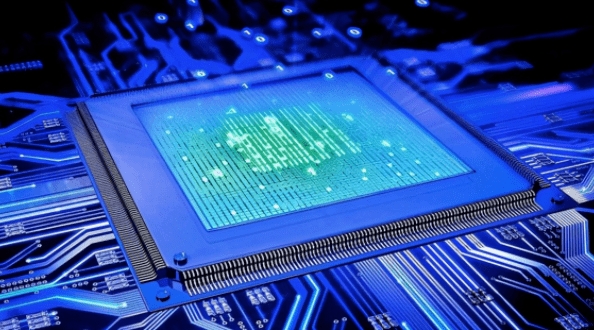Let's start with the purification of silicon. In fact, silicon, which is commonly used in chip manufacturing, is extracted from ordinary sand. The content of silicon in sand is generally about 32%-42%, so sand should be purified to 99.9999% pure silicon. After purification, a series of production processes will be carried out to produce silicon wafer chips, providing an important prerequisite for subsequent chip manufacturing.

The second step is chip lithography, which mainly requires the use of lithography equipment to put the prepared silicon wafer into the furnace, form a uniform oxide film on the surface of the silicon wafer, and coat the photoresist. In this process, the accuracy of the lithography machine directly determines the processing of the chip.
The third step is chip etching. After passing through the "light mask" of the lithography machine, the silicon wafer that has formed the circuit diagram needs to be corroded by the circuit diagram projected by the etching machine to expose the silicon substrate. At this time, the silicon wafer page of the circuit diagram is no longer smooth, but the pitting circuit diagram. Finally, plasma is injected into the pits to connect the transistors. We should coat silicon wafers and then cut these copper into thin lines by grinding, lithography and etching to form a complete circuit diagram.
The final step is sealed chip testing, because the finished chip eventually needs to be cut, and all chips need to be sealed before testing. Before this, China's level in the field of sealing testing is also at a relatively high level.
MCU single-chip
ic chip
capacitors